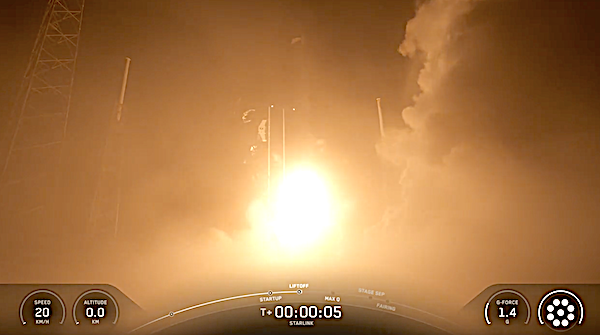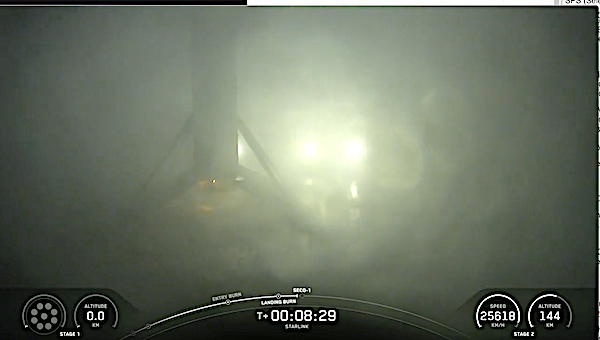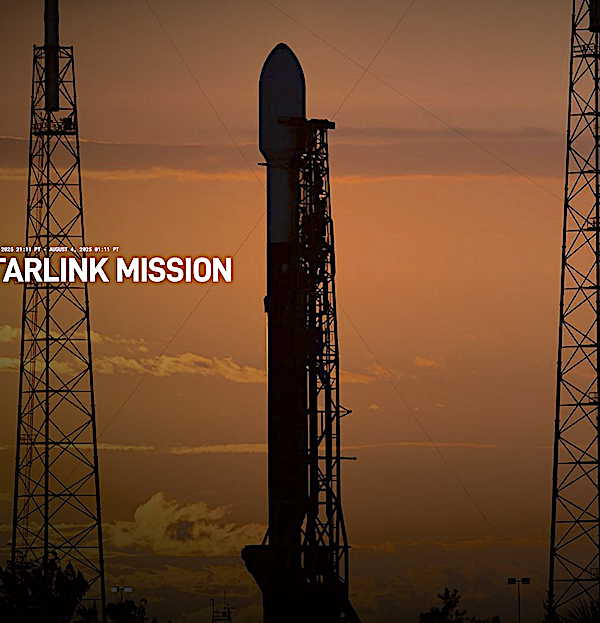
On a foggy Florida Monday, August 4, at 3:57 a.m. ET, Falcon 9 launched 28 Starlink smallsats to join the Starlink constellation in low-Earth orbit from Space Launch Complex 40 (SLC-40) at Cape Canaveral Space Force Station in Florida. Photos captured by Satnews.
The launch is a momentus event as it was the company’s 450th launch of a flight-proven booster. This is adding a combination of both Falcon 9 and Falcon Heavy rockets. On March 30, 2017 SpaceX first reused the Falcon booster with the launch of the SES-10 satellite.

This was the 21st flight for the first stage booster supporting this mission, which previously launched Ax-2, Euclid, Ax-3, CRS-30, SES ASTRA 1P, NG-21, and now 15 Starlink missions. Following stage separation, the first stage landed on the Just Read the Instructions droneship, which was stationed in the Atlantic Ocean.
SpaceX set to launch 28 Starlink’s Group 10-30 smallsats weather permitting from the Cape

SpaceX’s Falcon 9 is targeting the launch of 28 Starlink smallsats to join the Starlink constellation at low-Earth orbit from Space Launch Complex 40 (SLC-40) at Cape Canaveral Space Force Station in Florida at 10:27 PM – 1:11 AM PDT
A live webcast of this mission will begin about five minutes prior to liftoff, which you can watch on X @SpaceX. You can also watch the webcast on the new X TV app.
This will be the 21st flight for the first stage booster supporting this mission, which previously launched Ax-2, Euclid, Ax-3, CRS-30, SES ASTRA 1P, NG-21, and 14 Starlink missions. Following stage separation, the first stage will land on the Just Read the Instructions droneship, which will be stationed in the Atlantic Ocean.
According to weather officials, there’s a 85% chance of favorable weather conditions at the time of the launch. Officials are monitoring weather conditions with concerns related to Cumulus Cloud Rule, Anvil Cloud Rules. The forecast calls for a temperature of 83°F, light rain, 79% cloud cover, a wind speed of 10mph and 0.33in of rain.
